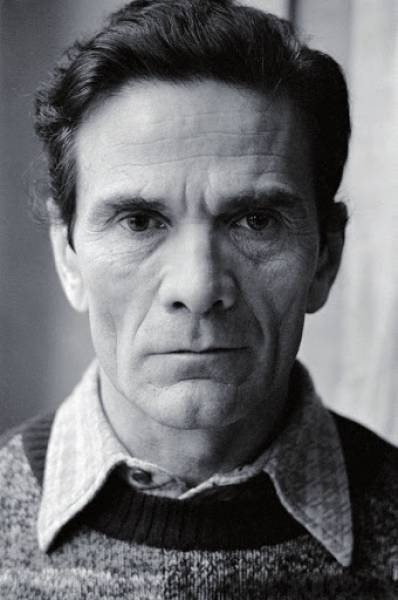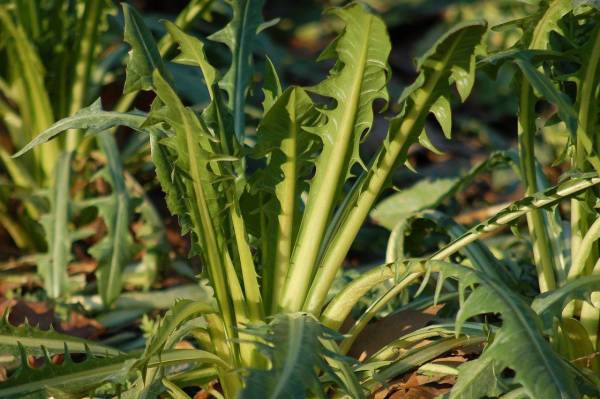by Annalisa Nicastro
The swallow knows, it knows when it is time to leave and when it is time to return. Looking up at the sky is a pause in which I always gladly lose myself. In some lucky moments of the year I am amazed by the hypnotic dance that swallows's flocks perform with their movements, ready for a new and long journey, united in the flight of life floating among the imperfect clouds. It is a phenomenon that has lasted for thousands of years, necessary for their survival.
It is a journey that involves many living species that cross skies and seas, among these there are whales, caribou and even the monarch butterfly. All of them set out following a primordial instinct that hides secrets unknown to us and that guides them along the way. I believe that collective memory plays a fundamental role in this, basically migration is part of our history, of all human species.
Two million years ago, Homo sapiens left East Africa to travel to other lands. From 1861 onwards the Italian migratory flow started massively from Abruzzo, Veneto and subsequently followed another great wave from the southern regions. Italians migrated massively in search of a better future. In fact, entire countries saw their population halve in the decade between the 19th and 20th centuries. They went in search of hope just as happens in more recent times on the shores of our country, the promised land for the many migrants fleeing hunger, regimes and wars that inhabit their world.
On December 18 is the International Day for the Rights of Migrants, which allows each of us to reflect on integration and the identity issue, so that the human rights of migrants are protected as recognized by the 2030 Agenda for development. sustainable.
In ancient times, poets and artists looked to the sky to read the future of the world in the movements of migratory birds, studying their direction and movement. Even today to understand the fate of our planet, scientists study flocks to collect data on climate change and pollution. According to a study published by the journal Nature Climate Change, the data are not comforting: climate change and environmental pollution are modifying the behavior of 80% of migratory birds. Meanwhile, we hopefully await their return and when it happens again we will rejoice because it will mean that winter has passed and nature can be reborn.
Cover by Carlotta Patrizi



